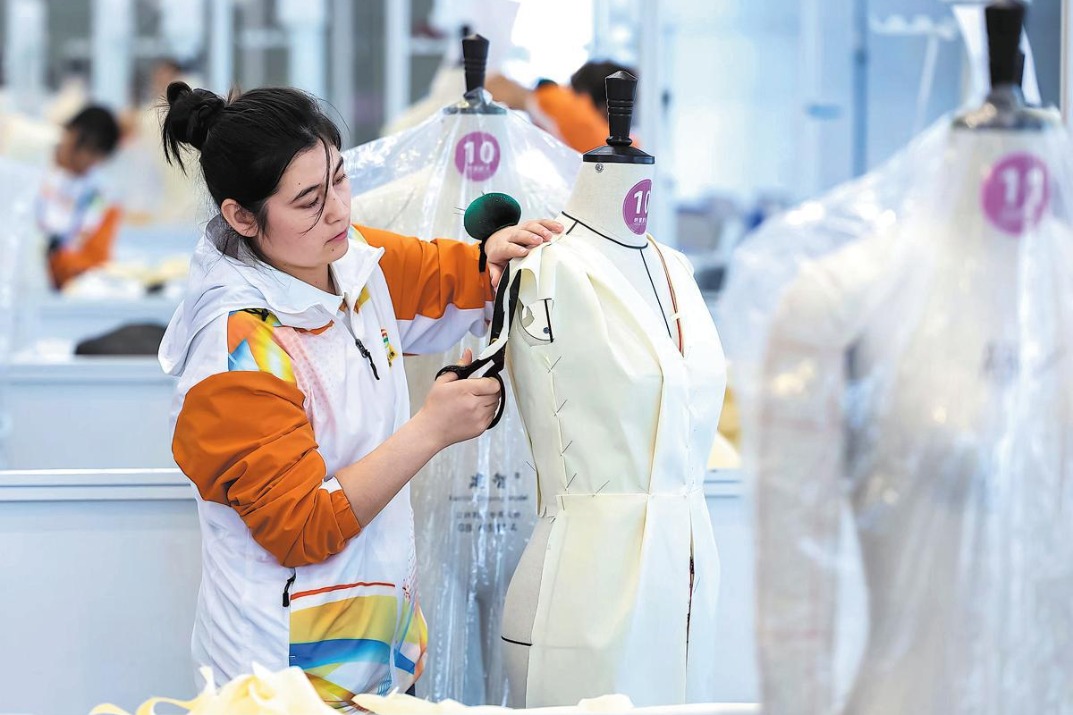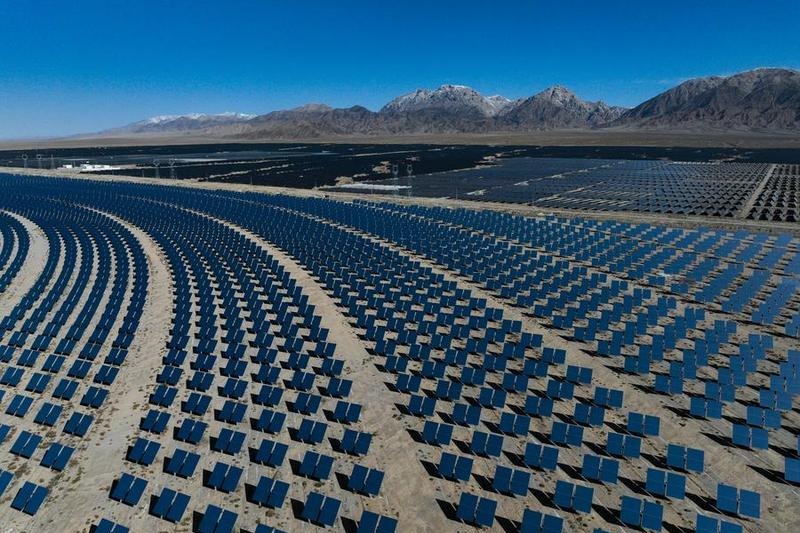Artificial life-forms exciting but require regulation

The earliest life on Earth began around 3.5 billion years ago, as single-celled organisms.
It was only in the last few hundred thousand years that anatomically modern humans to come into existence.
This long grueling battle for the right to exist in evolutionary terms is outside of our free will, and has been for unlimited generations of our planet's near-infinite genetic tree.
However, researchers from the University of Vermont and University of Tufts in the United States may have bucked this trend.
This may sound dramatic, but Joshua Bongard and Michael Levin have created a living organism that has not arisen naturally.
They designed what are, in effect, organic robots, painstakingly built up almost like Lego in microsurgery during a period of hours from their raw cellular components.
The building blocks of these new organisms derive from joining specific types of stem cells taken from the African frog species Xenopus laevis, commonly known as the African clawed frog, a species heavily used for research purposes in labs all over the world. This is due to the fact that embryos of the frog develop outside the body, and therefore render them easy for surgical manipulation.
This completely new living organism, which is about 1 mm wide, is an artificial organism capable of being programmed to behave autonomously and perform different tasks.
Levin told the Telegraph: "You look at the cells we've been building our xenobots with, and, genomically, they're frogs. It's 100 percent frog DNA, but these are not frogs. Then you ask, well, what else are these cells capable of building? We've shown these frog cells can be coaxed to make interesting living forms that are completely different from what their default anatomy would be."
Dubbed xenobots by the researchers playing god, these new organisms can already be made to push pellets across a plate, and even work together in teams to perform more difficult tasks. Some of this programming is not down to the scientists, and originates from the cell's innate programming and much is yet to be understood. In the future, it is hoped that they could have applications, ranging from removing plaque from the inside of our blood streams to scoping our cancerous cells, or even searching for and digesting waste in our oceans.
Traditional machines made out of man-made materials, such as metal and plastics, require constant maintenance, however these new xenobots have the ability to self-heal and regenerate. They stop working and die, due to the fact that they do not possess functioning stomachs and have no way to consume more energy.
However, some may see ethical issues regarding the use of life-forms for our own utility, similar to concerns around how traditional animals are selectively bred and created today. The term xenobots removes the connotation that these are very real and living organisms, made from natural organic matter.
Plans also exist to potentially give them the means to reproduce themselves. This may be crucial if, for example they are applied to the oceans to consume microscopic pieces of plastic. However, once the xenobot genie is out the bottle, the consequences may be extremely complicated with huge unknown knock-on effects to the environment.
A potential future in which uncontrolled swarms of robots are let loose in an environment is in nobody's interest. As useful and exciting as this scientific development undoubtedly is, policymakers would be wise to follow this ingenious scientific development and regulate carefully how these future simple life-forms can help us in a safe and predictable manner.


































